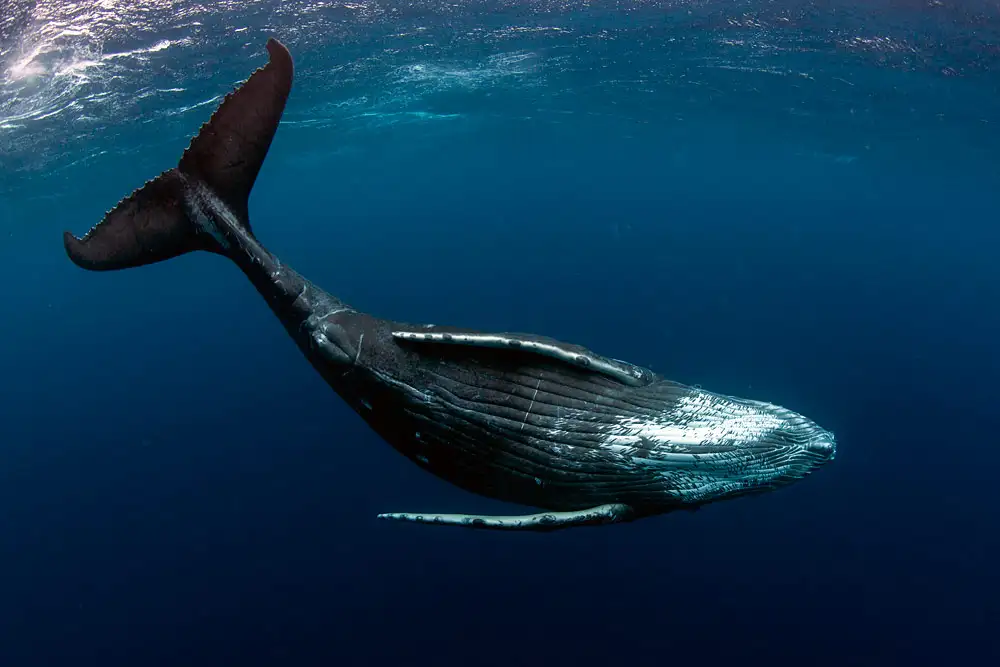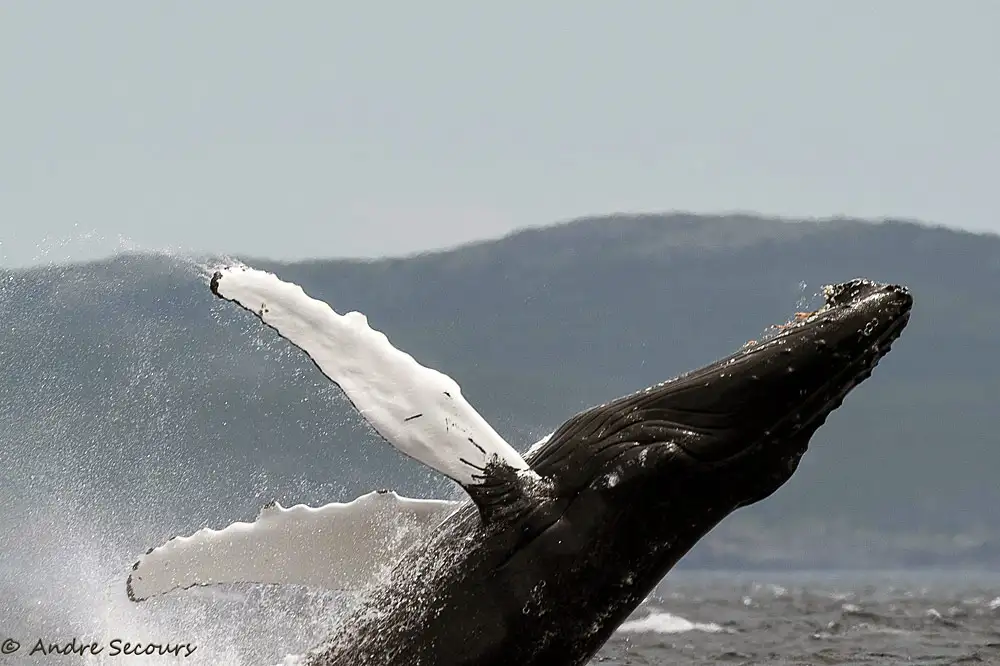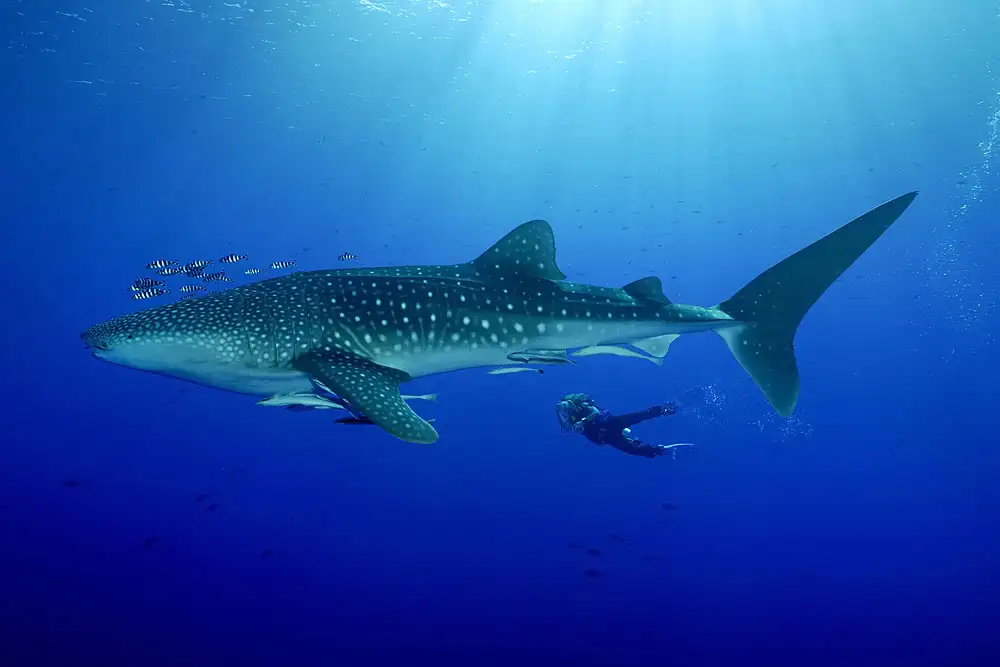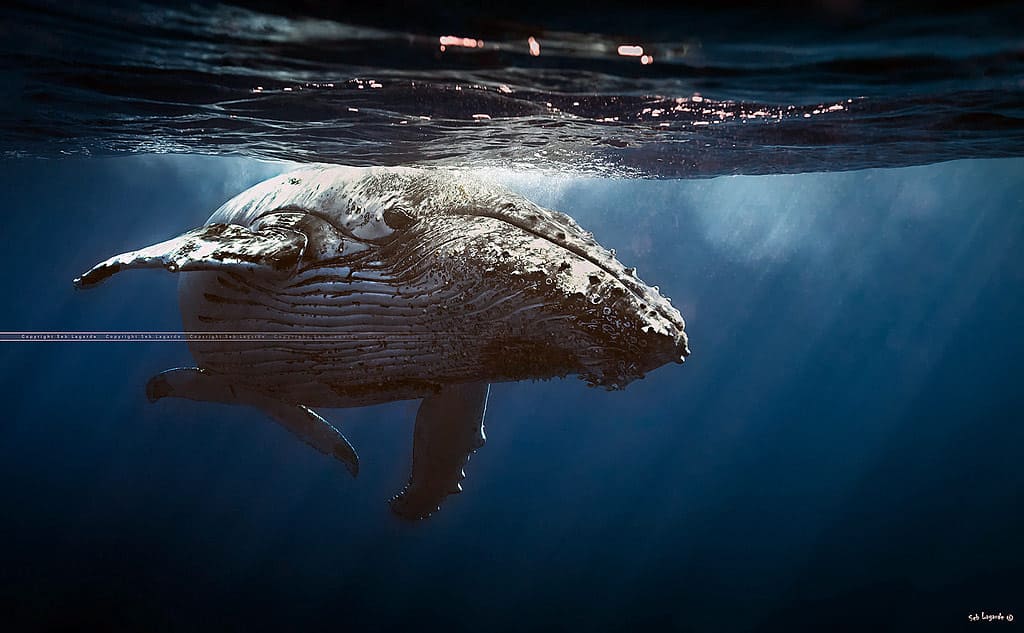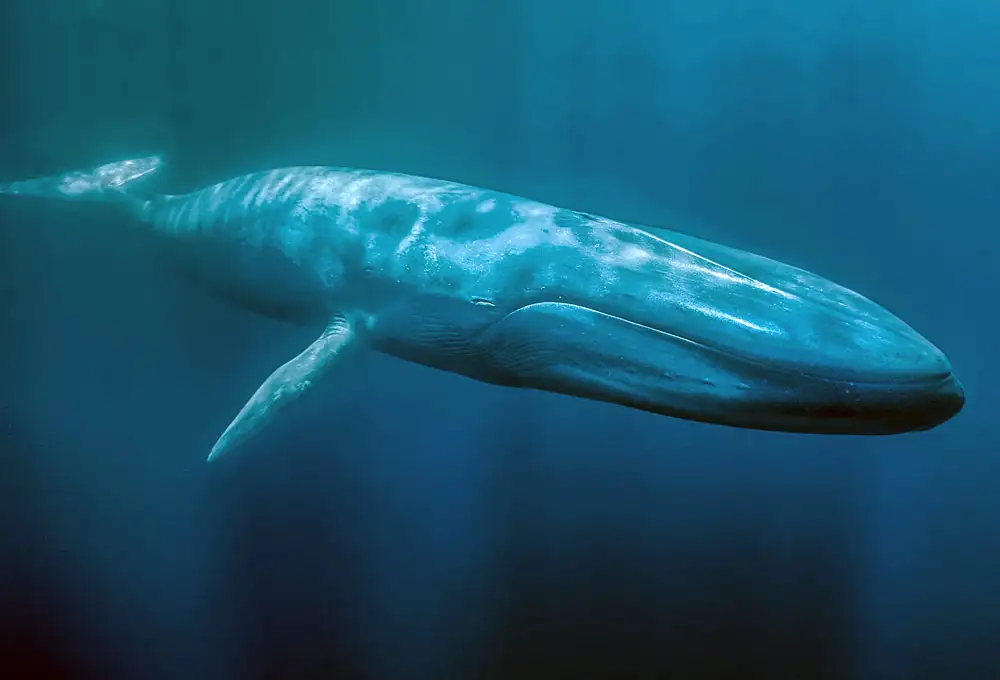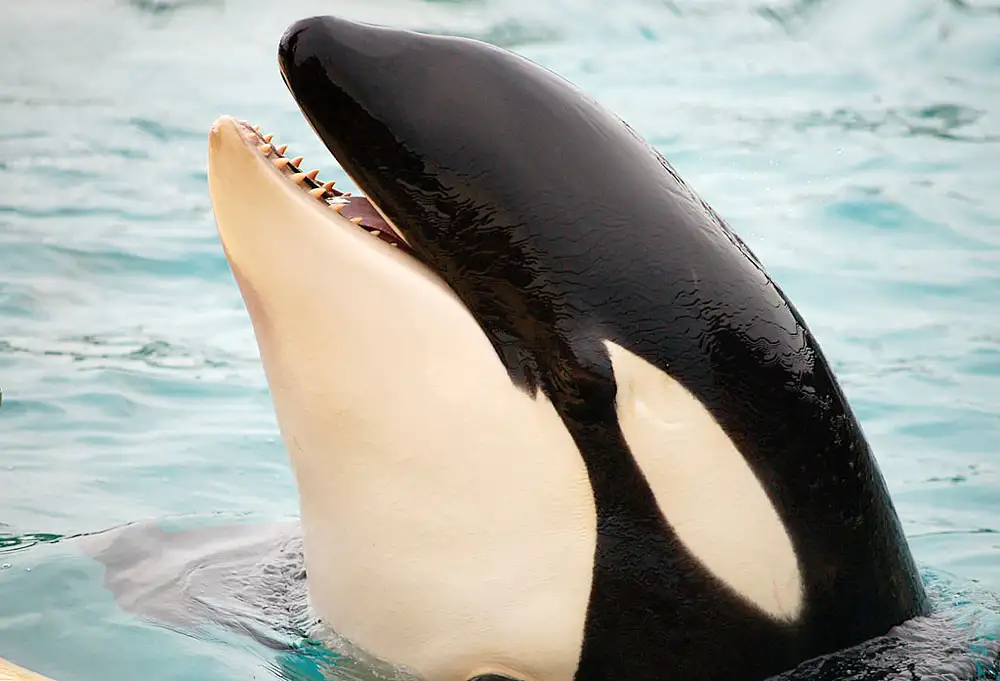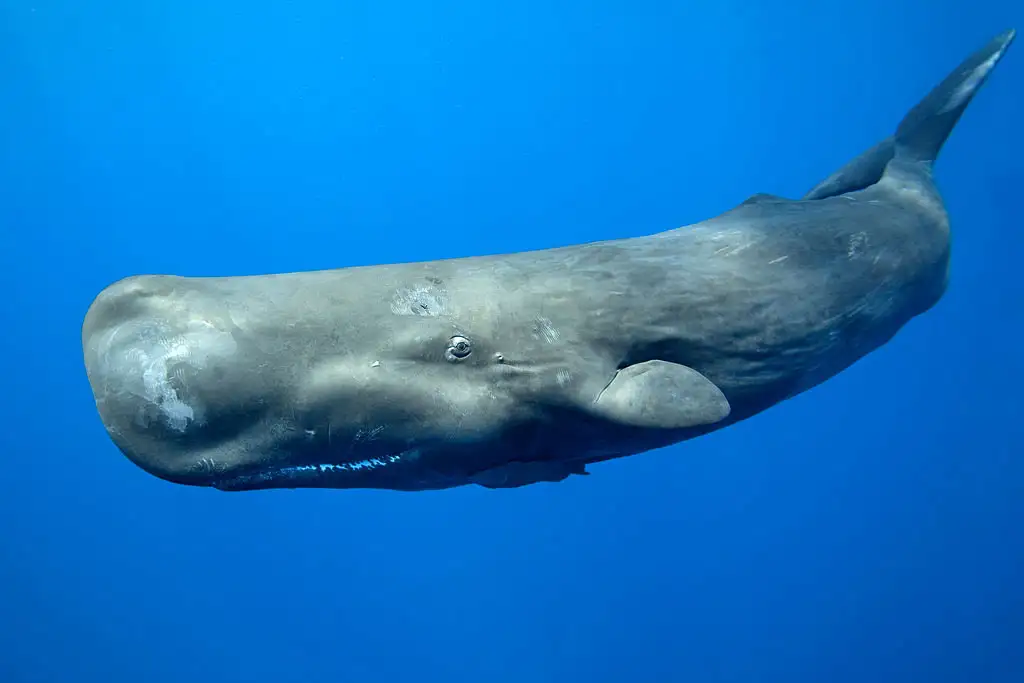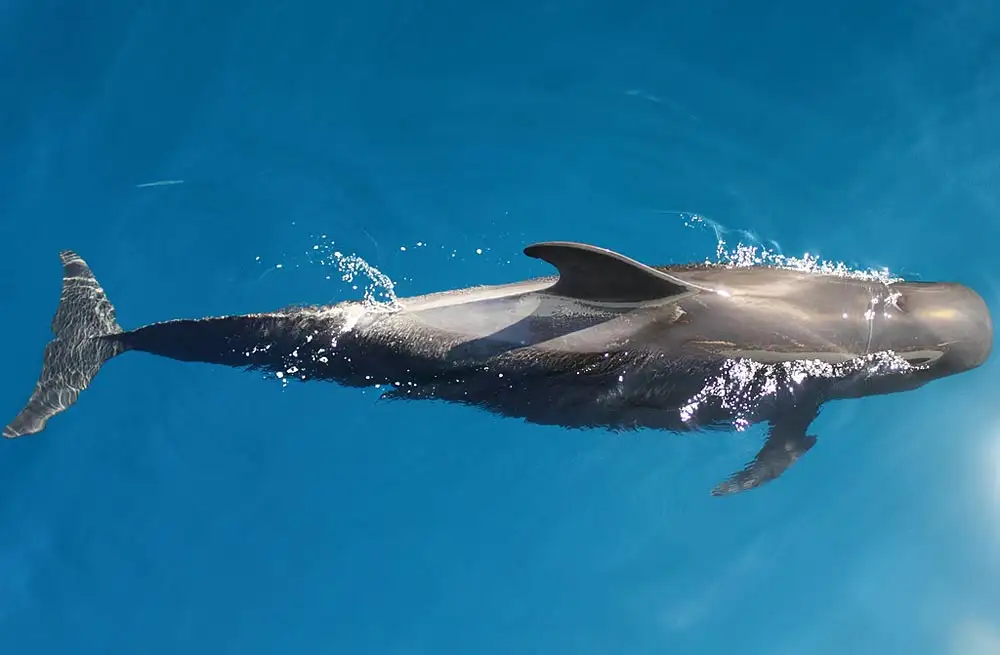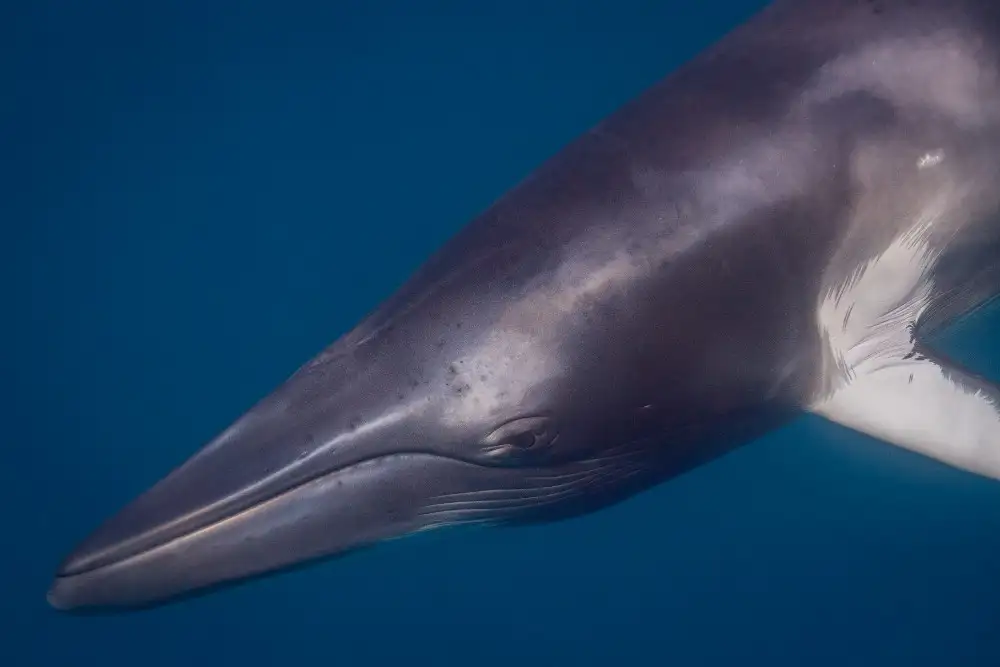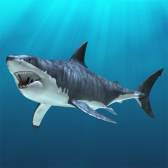Humpback Whale
IUCN
LCBasic Information
Scientific classification
- name:Humpback Whale
- Scientific Name:Megaptera novaeangliae
- Outline:Giant Fish
- Family:Balaenopteridae Megaptera
Vital signs
- length:12–16 m (females slightly larger)
- Weight:c. 25–40 t
- lifetime:c. 45–90 years
Feature
Very long flippers; bubble‑net feeding; seasonal long‑range migrations; complex songs; frequent breaching and slapping.
Distribution and Habitat
Global—high‑latitude feeding grounds and tropical/subtropical breeding areas; common at upwellings and fronts.
Appearance
Small rear‑set dorsal fin; long knobbed flippers; deep notched flukes with individual black‑white patterns; head/jaw tubercles.
Details
Humpback whale (Megaptera novaeangliae) is a medium‑large rorqual famed for itsvery long pectoral fins (up to one‑third of body length) and spectacular breaches. A baleen whale inBalaenopteridae, it feeds mainly on schooling fishes and krill, often using bubble‑net feeding and other cooperative tactics. IUCN global status: Least Concern (LC) (some subpopulations have higher risk categories).
Basics
Scientific name: Megaptera novaeangliae
Length: ~12–16 m (females slightly larger)
Mass: ~25–40 t
Ecology & Behaviour
Feeds intensively at high‑latitude productive grounds in summer and migrates to tropical/subtropical breeding grounds in winter, often travelling thousands of kilometres. Males sing complex, evolving songs during the breeding season. Behaviours include breaching, tail‑ and flipper‑slapping.
Identification
Robust body; very long, knob‑studded flippers; small, variably shaped dorsal fin set far back; deeply notched tail flukes with individual black‑white patterns used for photo‑ID; tubercles on the head and jaw with bristles.
Threats & Conservation
Entanglement & ship strikes in fixed gear and busy shipping lanes.
Noise from vessels and seismic surveys affecting communication/foraging.
Legacy whaling & climate variability—heterogeneous recovery, shifting prey and migration corridors.
Measures: speed and routing in hotspots, ropeless/weak‑link gear trials, quiet‑ship programs, protection of breeding/feeding areas, and long‑term photo‑ID monitoring.
FAQ
Q1. How to distinguish from blue/fin whales?
Humpbacks have very long flippers, a small far‑back dorsal fin and distinctive fluke patterns; blue whales are bluer with tiny rearmost dorsal fins,
while fin whales show asymmetric jaw coloration.
Q2. What is bubble‑net feeding?
A cooperative tactic where whales create a ring or curtain of bubbles to corral fish before lunging upward with open mouths.
Q3. Do all songs sound the same?
No—males in a region share a song that evolves through the season and can spread between populations.
Q4. Are humpbacks coastal?
Breeding occurs in warm, relatively shallow waters; feeding often occurs in high‑latitude coastal systems near upwellings/fronts, so nearshore sightings are common.


